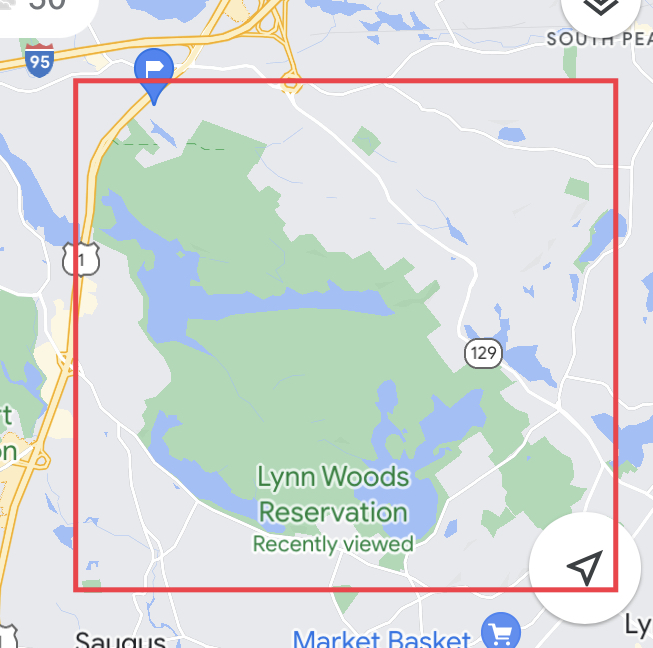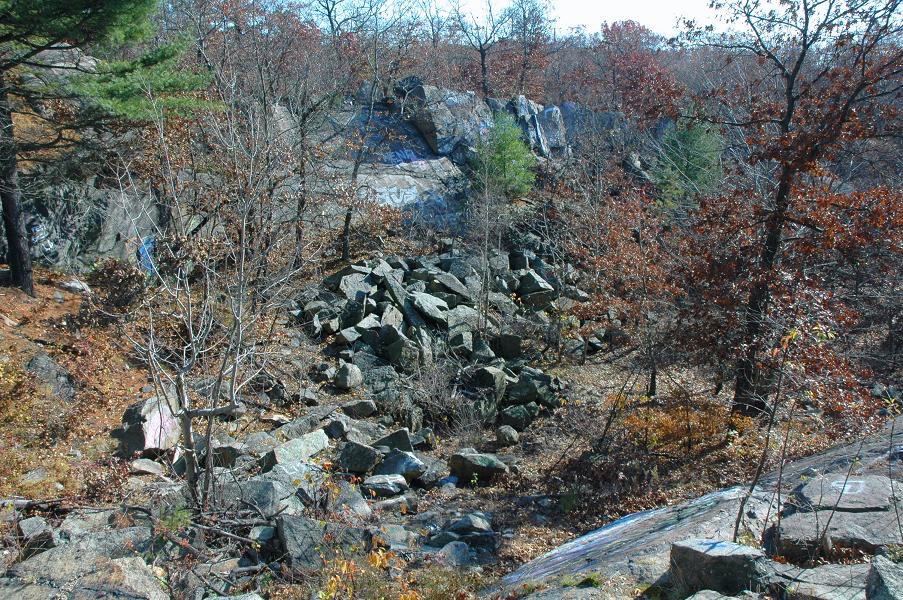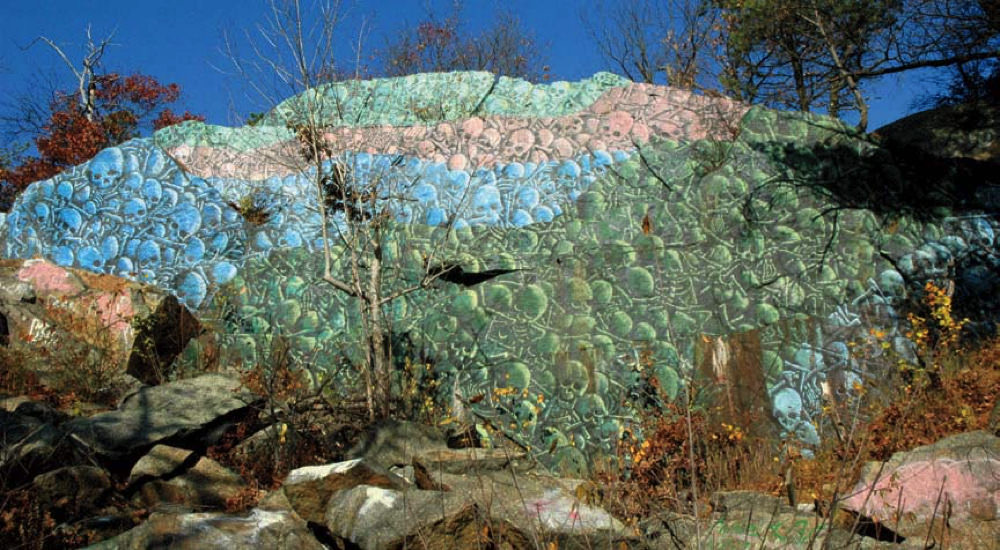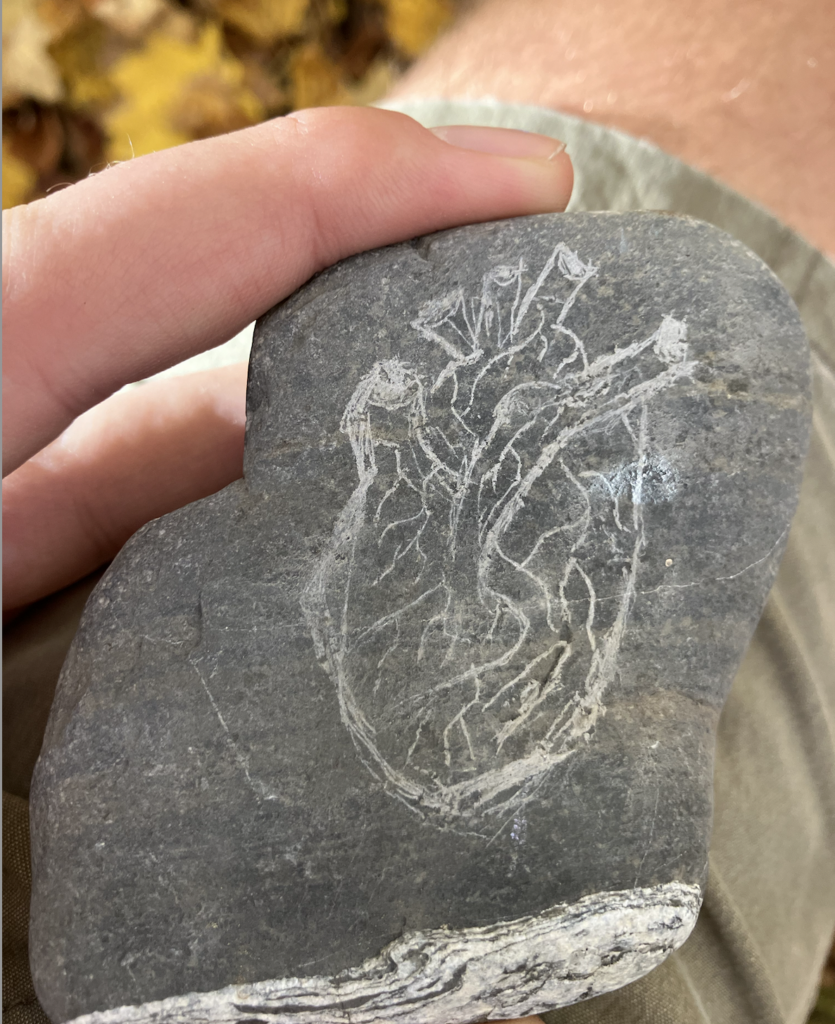
The section of U.S. Route One in Saugus, Massachusetts has been voted as one of the worst roads in the United States. Most people see this road as nothing more than a three-mile long over-congested eyesore of a strip mall. However, at the very back of a Jeep dealership off Route One is the trailhead to Lynn Woods, possibly my favorite reservation/trail system in Massachusetts. This 2,000-acre forest is landlocked by the densely populated cities and suburbs of Boston, yet remains a hidden gem. Within ten minutes of entering this forest, one can become completely immersed in greenery and escape all the noise and traffic of the urban world. There are many small protected areas surrounding Boston, but these all areas are often overcrowded with other outdoor enthusiasts and still have plenty of noise pollution from adjacent highways. Lynn Woods is the one reservation in the Boston area that I’ve found to be an exception to this rule. For reasons I can’t explain, hardly anyone visits these woods, and despite being adjacent to the bustling highway of Route One, there is some natural barrier that prevents noise from getting into the reservation. This place is magical and special to me because it’s so surprisingly unheard of, and contains some of the most fascinating topography, geology, and vegetation diversity of any green space near Boston.

The vast majority of forests in Massachusetts have subtle rolling hills and an abundance of small jagged rocks. Lynn Woods could not be more different than these trends. Most of the geology in this reservation consists of smooth, massive boulders, ranging from a few feet tall to several stories in height. Lynn does not have many of the conventional “rock gardens” one would find in Massachusetts, and instead is riddled with remarkable boulders. Furthermore, the topography in Lynn Woods is relentless. There are not any towering peaks or significant hills, but rather a myriad of small 50 to 100 foot hills that are unbelievably steep. This also goes against the trend of typical Massachusetts hills that have relatively tame grades; hiking or biking in Lynn Woods is brutal because of the punchy elevation, but remains a refreshing change of pace from typical Massachusetts features. I could spend all day just admiring the beauty of Lynn Woods’ geographical features, and these qualities also make for exceptional mountain biking terrain. Gorgeous geology and unbelievably fun recreation are the main reasons I’m drawn to this place, and although I selfishly do enjoy having it as a quiet hidden gem, I also hope that more people can visit Lynn to admire its unconventional qualities.

The only real similarities between Lynn and Gilbrook are the fact that they’re both considered forests. Gilbrook has sandy soil while Lynn has loamy, silty soil, Gilbrook has a mix of deciduous and coniferous trees while Lynn is almost entirely deciduous trees, and Gilbrook has almost no rocks at all while Lynn has a plethora of boulders. Gilbrook is also right next to an interstate and has plenty of noise pollution, while most parts of Lynn are practically silent. Lastly, Lynn and Gilbrook do both contain small bodies of water, but the water quality within these places is very different. The lake in Lynn is at an elevation higher than developed areas, resulting in it being used as a reservoir for drinking water because of its healthy qualities. I89 is on a hill that feeds into Gilbrook, which likely results in poor water quality, and the water in Gilbrook is just visually less appealing than Lynn.


